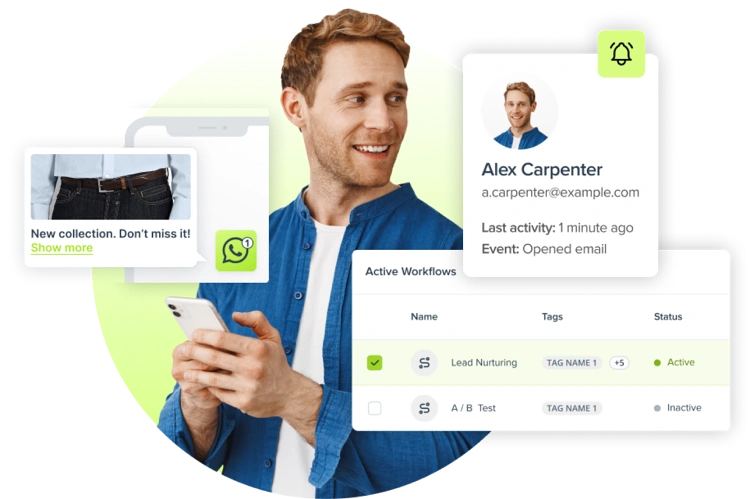Turn Every Touchpoint into Revenue
Engage, Convert and Retain your customers with Europe’s only AI-powered Lifecycle Engagement Platform built for eCommerce
Engage, Convert and Retain your customers with Europe’s only AI-powered Lifecycle Engagement Platform built for eCommerce

The SALESmanago Growth Framework allows you to easily build a roadmap for success.
Where are you on your journey?








SALESmanago’s Growth Framework offers a clear path to achieving your eCommerce goals of acquisition, conversion, and engagement, while delivering personalised experiences to customers and ensuring sustainable growth.
The SALESmanago Lifecycle Engagement Platform deeply personalises omnichannel
customer journeys for growth, loyalty and scale.
We help you get set up and running quickly. Our goal is to minimise the time and effort needed for your team to achieve growth objectives. Flexible, proven workflows and intuitive tools let you drag and drop easily.
Be the hero. The SALESmanago platform and team help you drive ambitious outcomes because it's built to support your essential eMarketing use cases.
We aspire to future-proof your business with innovations, training and knowledge that help you easily stay one step ahead of the competition.